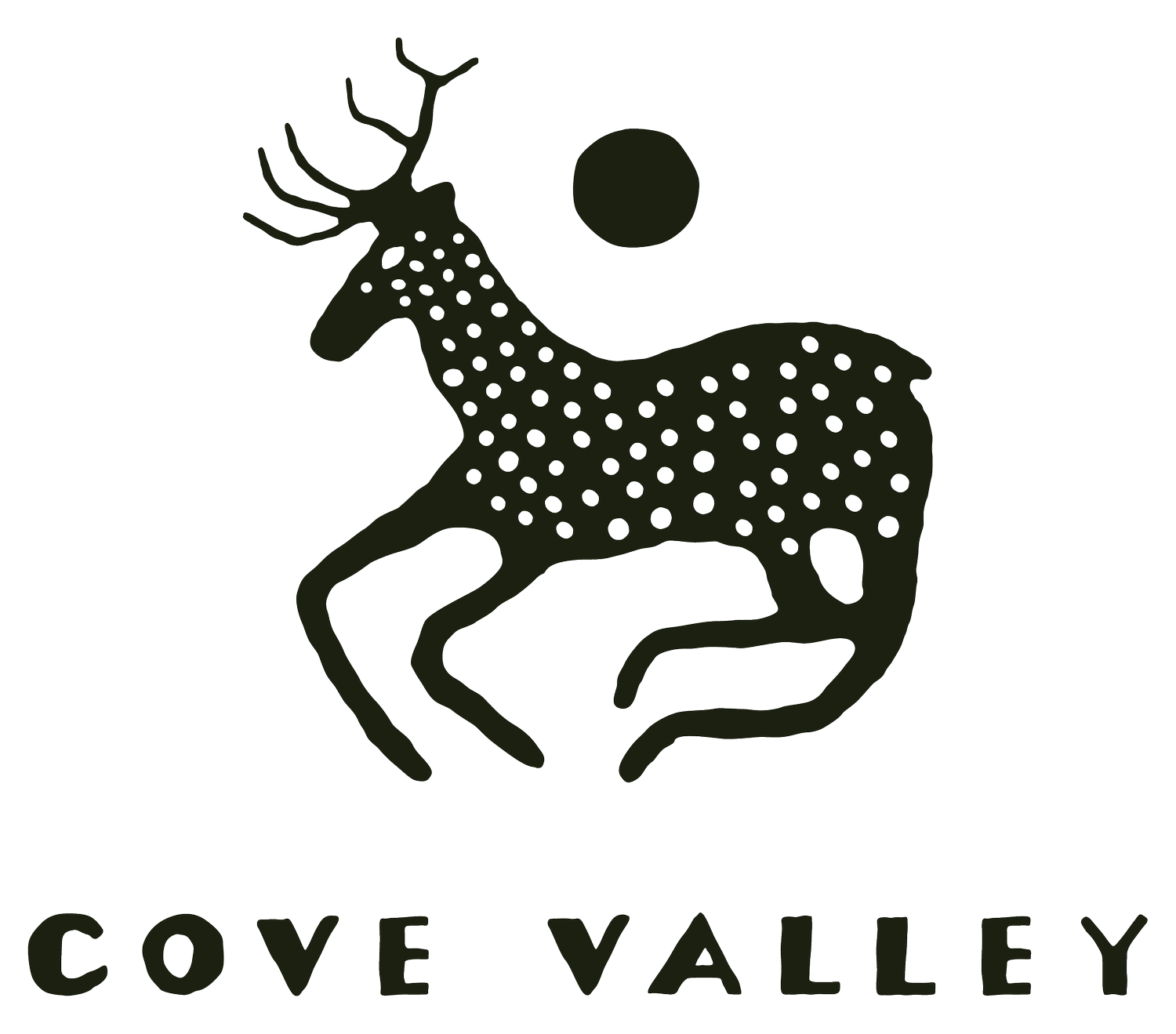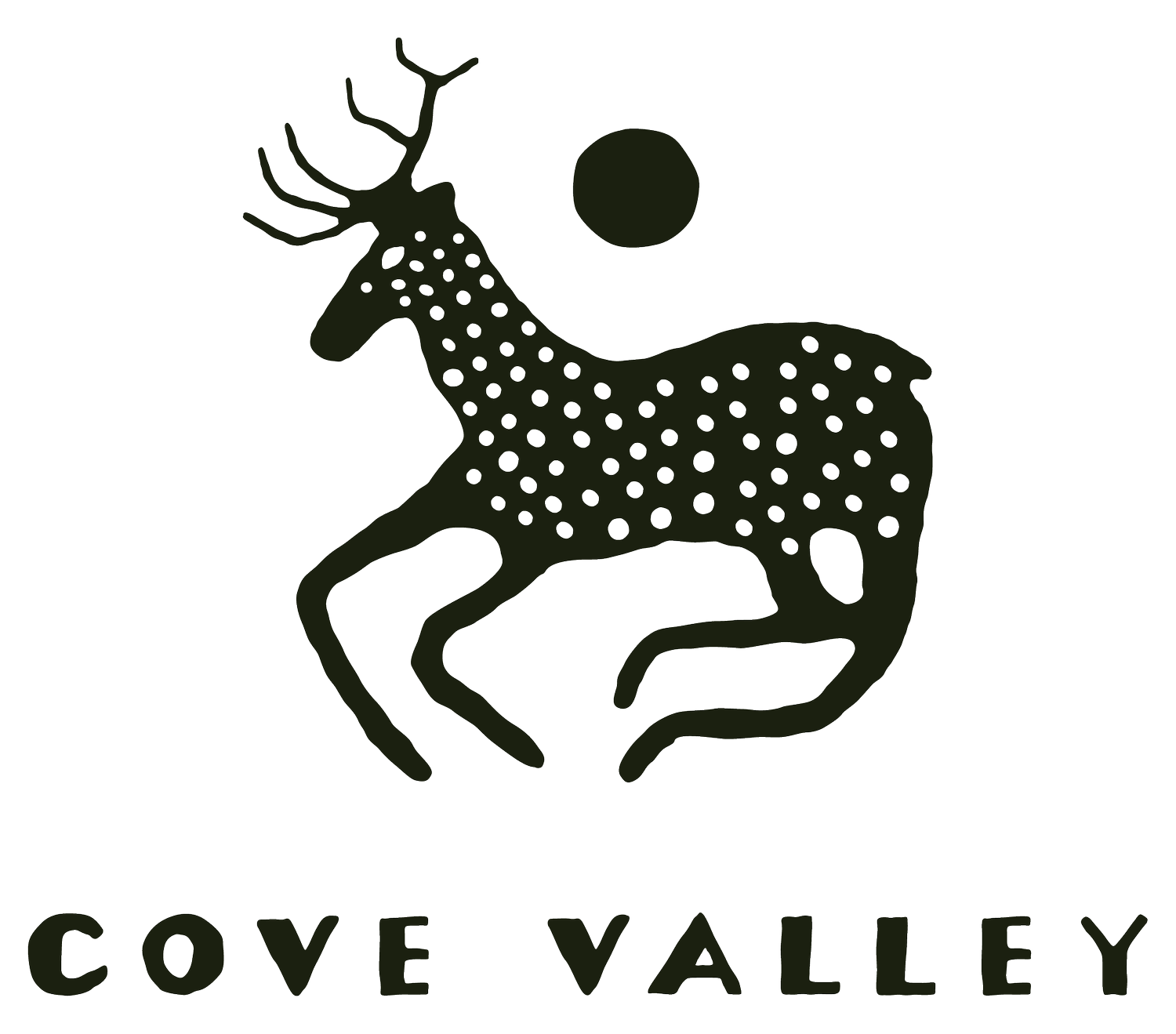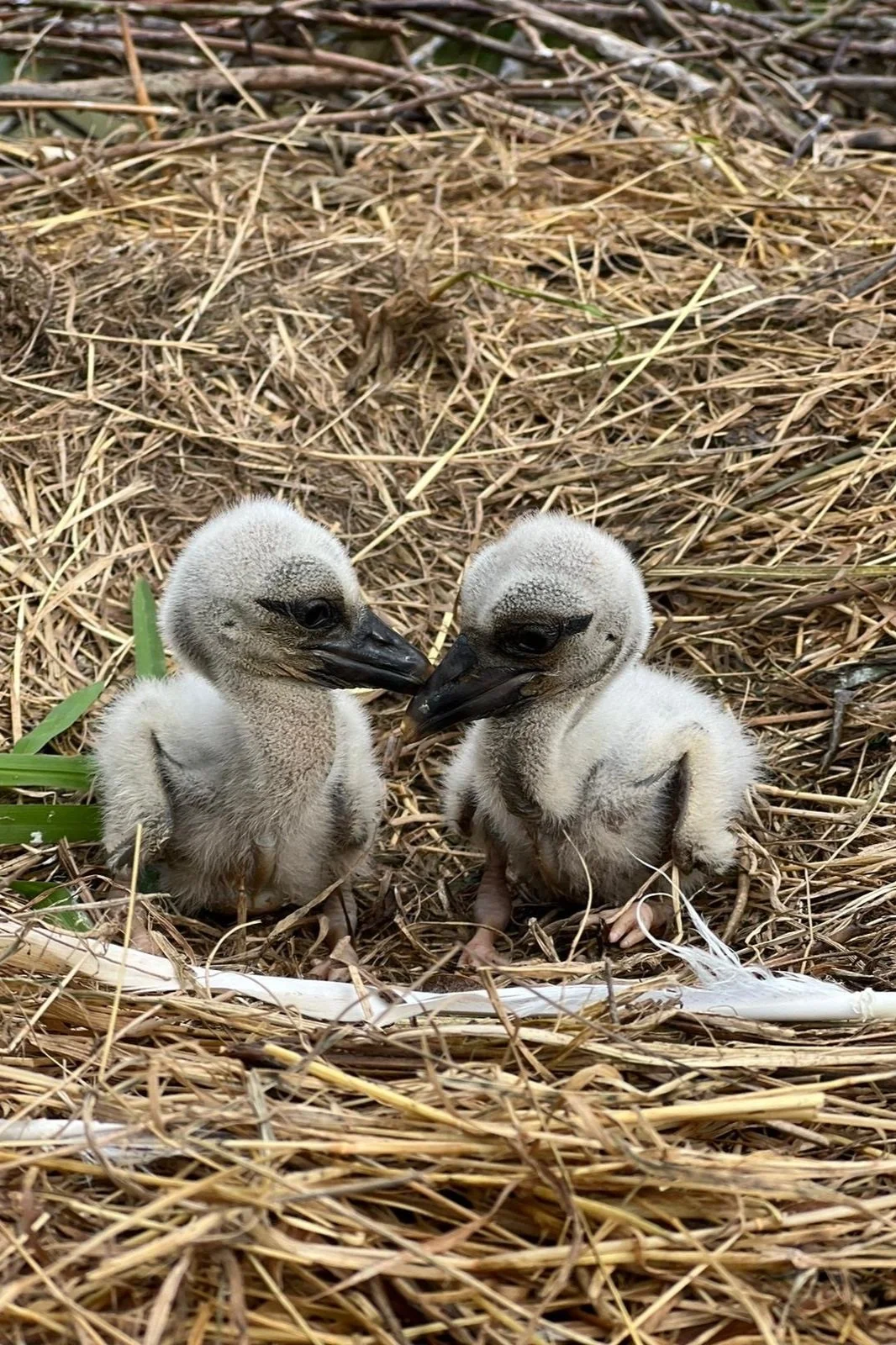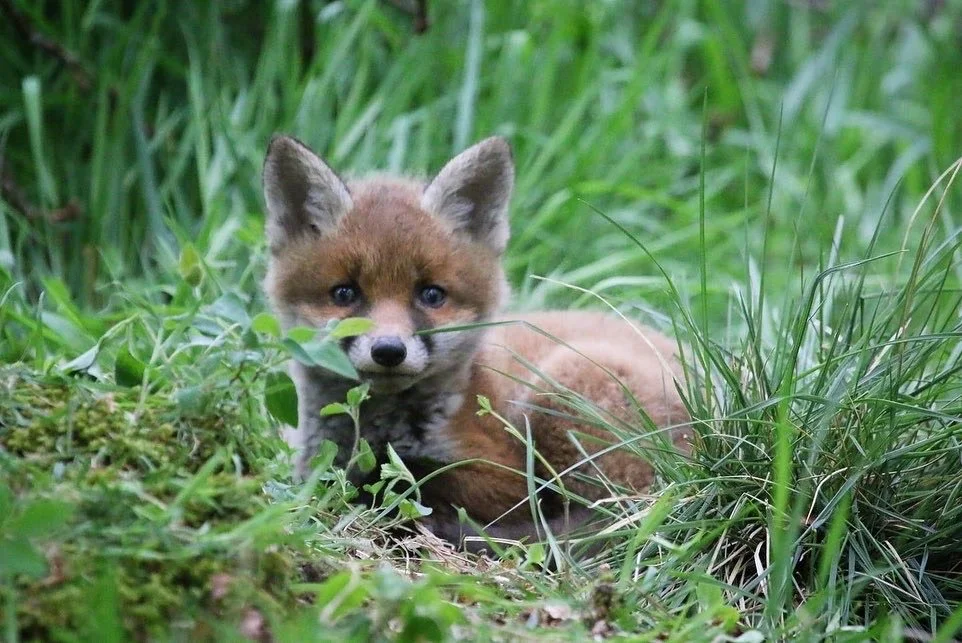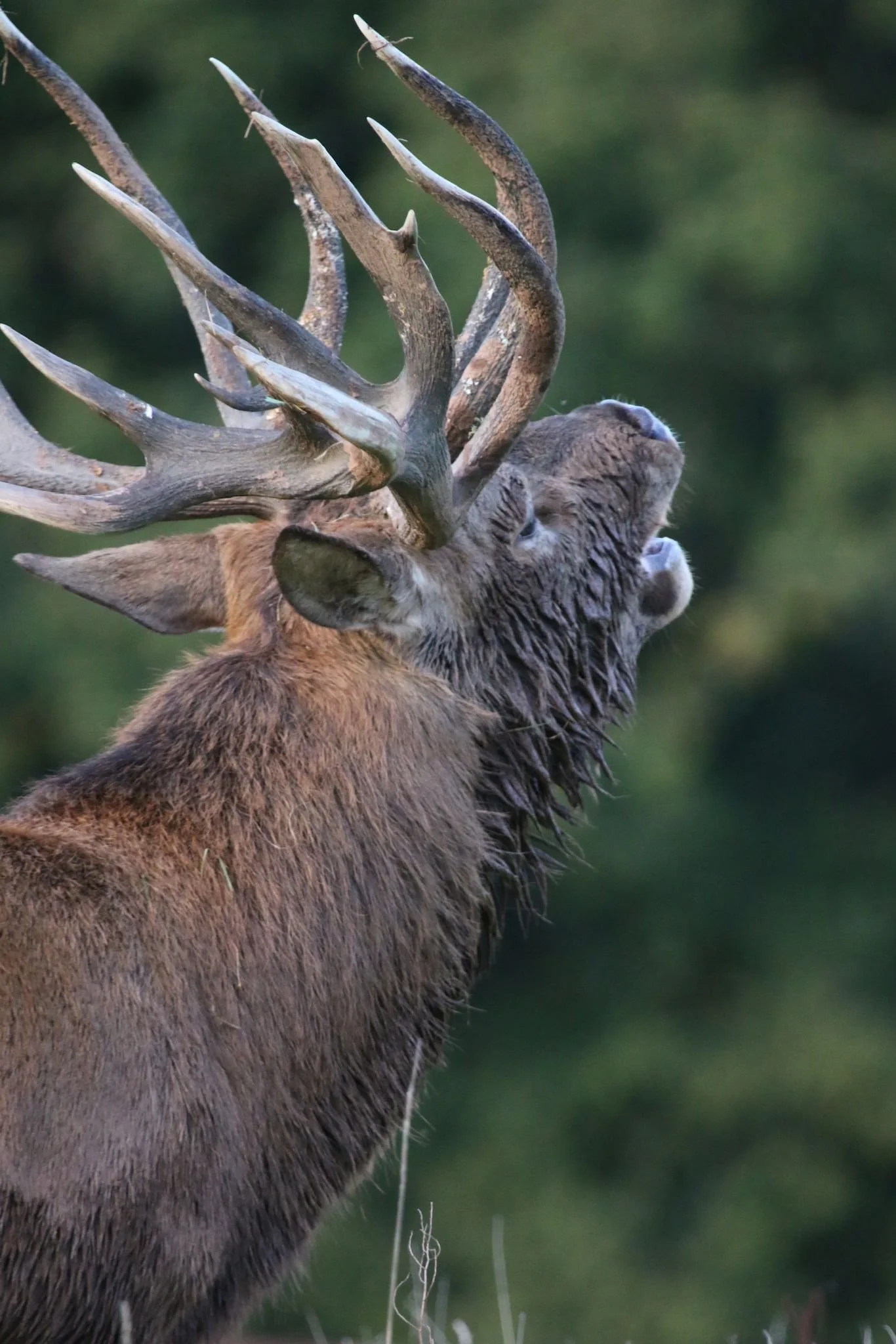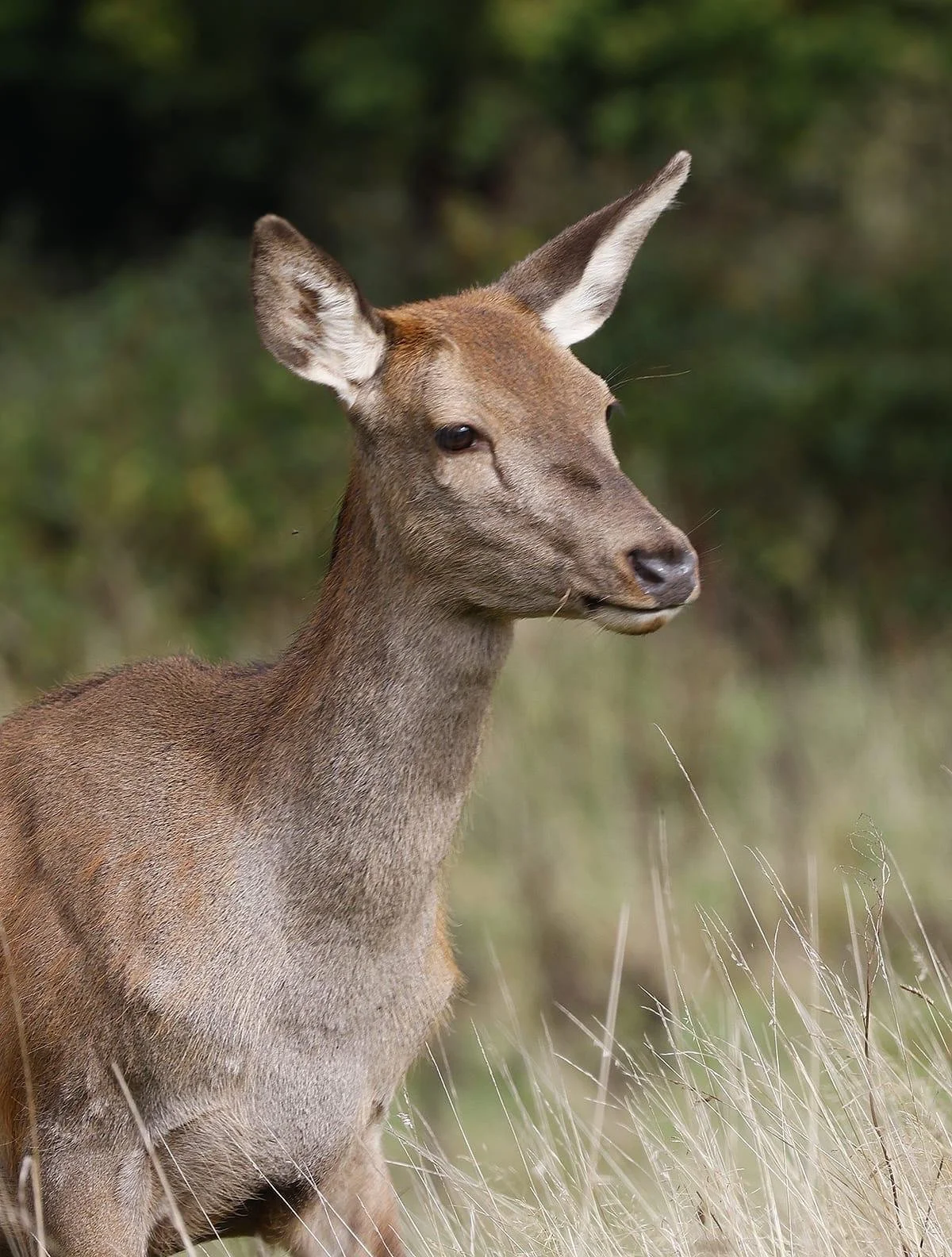COVE VALLEY’s WILDLIFE CALENDAR
January
Frosty mornings and occasional snow create serene, peaceful landscapes.
Red deer often graze in the open fields during the early hours.
Winter birdwatching highlights include redwings and fieldfares.
A perfect month for stargazing and embracing the quiet beauty of nature.
february
Early signs of Spring appear with budding trees and increased bird activity.
Goshawks perform aerial displays over the pine woods.
White storks begin courtship rituals as they prepare for the breeding season.
Red deer are still active in the woodlands.
Resident cranes start calling as daylight hours lengthen.
MARCh
Spring blossoms with primroses and daffodils brightening the valley.
White storks begin nesting, repairing and preparing their homes.
Beavers become more active, especially at dusk.
Frogs and toads migrate to ponds for breeding.
APRIL
Nature comes alive with vibrant new growth everywhere.
White storks are fully into nesting season, with eggs often visible.
Red deer start shedding their winter coats.
Beavers may reveal their first kits near their lodges.
Fox cubs begin to emerge from their dens.
MAY
Meadows burst into color with wildflowers, attracting butterflies and bees.
White stork chicks start to hatch and can be seen in their nests.
Dawn and dusk provide ideal moments to spot beavers.
Young tawny owls begin fledging, their calls echoing in the evenings.
Roe deer calves hide in tall grass, camouflaged while their mothers graze nearby.
JUNE
Extended daylight hours offer plenty of wildlife-watching opportunities.
White stork chicks grow rapidly, exploring their nests.
Beavers are highly active during warm evenings.
Dragonflies and damselflies fill the air around ponds.
Iron Age pigs, Rowan and Willow, can be seen basking in the sunshine.
Red deer calves often hide in tall grass as their mothers feed.
july
White stork chicks begin fledging, testing their wings for flight.
Beavers continue their evening routines, often accompanied by their kits.
Butterflies such as painted ladies and meadow browns flutter through the meadows.
Red deer seek shade during the day but are active at dawn and dusk.
august
Late summer wildflowers bring color and energy to the meadows, buzzing with insects.
Stork fledglings take short flights as they prepare for migration.
Beavers remain busy building and foraging during the evenings.
Early mornings offer excellent chances to spot cranes in the fields.
September
Autumn’s golden hues transform the valley.
Red deer stags begin their dramatic rutting displays, roaring and sparring.
White storks depart on their migration journey south.
Beavers prepare for winter, staying active in the evenings.
OCTOBER
The red stag rut is at its peak, offering a spectacular show of nature.
Migratory bird flocks pause in the valley on their journey.
Beavers work diligently, collecting food and reinforcing their lodges.
Cooler nights are perfect for gathering around a firepit.
november
Wildlife activity slows as animals prepare for winter.
Red deer, now settled after the rut, graze peacefully in groups.
Beavers remain active but are less visible as daylight wanes.
Winter birds arrive, providing new birdwatching opportunities.
Tawny owls hoot in the evenings, signaling their presence.
December
Crisp days create ideal conditions to spot red deer in open areas.
White storks linger in the valley, adding charm to the winter scenery.
Beavers may still appear on milder evenings.
A tranquil time to savor nature’s stillness and enjoy the festive cabin decorations.
